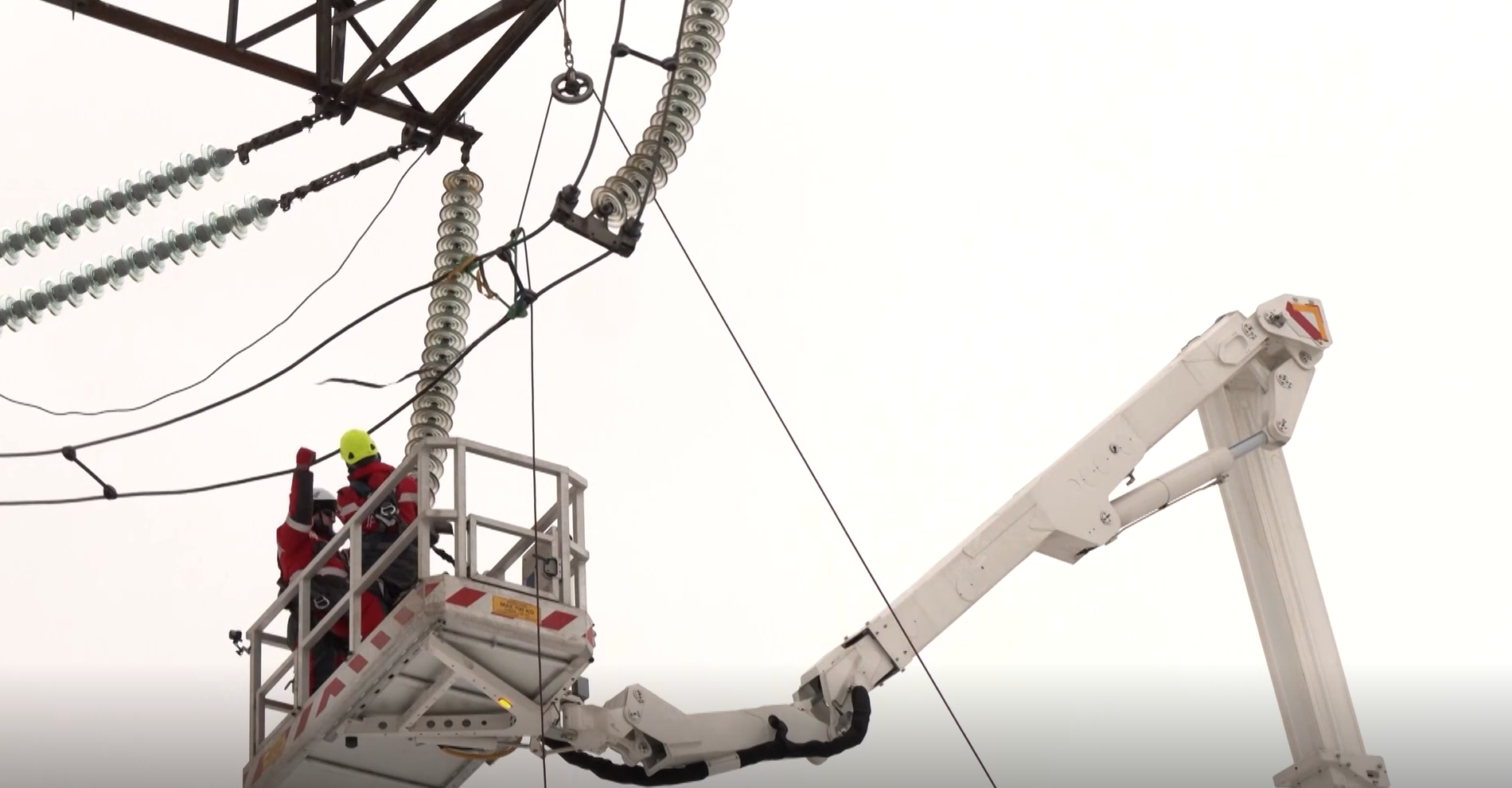The Baltic states - Estonia, Latvia, and Lithuania - have officially and successfully disconnected from the Russian-controlled BRELL power grid. This historic move marks the end of the Baltic states' dependence on the Soviet-era energy system and ushers in a new era of energy independence as they integrate into the Continental European grid.
Read more about the challenges of Latvia’s electricity balancing market and the impact of BRELL disconnection in Jānis Timma's opinion article on Diena:
The Future of the Electricity Balancing Market ENGLISH
The Future of the Electricity Balancing Market GERMAN
The Future of the Electricity Balancing Market SPANISH
A SMOOTH AND SUCCESSFUL TRANSITION
The disconnection process proceeded seamlessly, with no major disruptions reported. According to Latvia’s "Augstsprieguma tīkls" (AST), the country’s high-voltage transmission system operator, the transition was executed without issues. While minor electricity outages were noted, they were unrelated to the switch and did not impact the stability of the national grids.
On Saturday morning, February 8th, 2025, at 9:09 AM (UTC+2), the three nations, in a carefully coordinated effort, began their exit from BRELL. The sequence started with Lithuania disconnecting from Russia and Belarus, followed by Latvia and then Estonia. This marked the beginning of an isolated operation mode, a temporary measure to ensure a stable transition before full synchronization with the European grid.

ENTERING THE EUROPEAN POWER SYSTEM
By Sunday afternoon, February 9th, 2025, the Baltic states completed synchronization with the Continental European grid, officially becoming part of the world's largest synchronous power system, which serves over 400 million consumers across 26 countries. This milestone means that Lithuania, Latvia, and Estonia are now fully in control of their energy systems, free from Russian oversight.
STRENGTHENED ENERGY SECURITY
Previously, despite ceasing electricity purchases from Russia and Belarus several years ago, the Baltic states remained physically connected to the BRELL system, where frequency control was centrally managed from Moscow. This dependence posed a potential energy security risk, making full decoupling a strategic necessity.

With the shift to the European grid, the region's electricity needs are now met by domestic power production and interconnections with Poland, Sweden, and Finland. Key transmission links such as "Estlink-1," "NordBalt," and "LitPolink" ensure the region's stability and resilience against any supply disruptions.
A WELL-PLANNED AND SECURE TRANSITION
The transition was not only technically complex but also involved enhanced security measures. National defense forces in Latvia, Lithuania, and Estonia provided additional support to safeguard critical energy infrastructure. Furthermore, isolated operation tests confirmed that the Baltic grid could function independently before seamlessly integrating into the European system.
Jānis Timma, co-founder of Ventus Energy Group, commented on the significance of this shift, stating, "This is a very significant step for the entire Baltic region. However, energy independence comes with additional challenges. One of the key issues we will face is grid balancing. Going forward, local power plants will play a much more important role in ensuring grid stability, not only helping to meet the growing electricity demand but also maintaining the stable and secure operation of critical national infrastructure."
THE FUTURE OF BALTIC ENERGY INDEPENDENCE
With this successful synchronization, the Baltic states have eliminated one of the last major ties to the post-Soviet infrastructure. Their integration into the European energy system represents a major step toward stronger economic and geopolitical stability. As the Baltics move forward, the focus will shift to further strengthening renewable energy initiatives, increasing cross-border cooperation, and ensuring a secure and resilient power supply for the future.